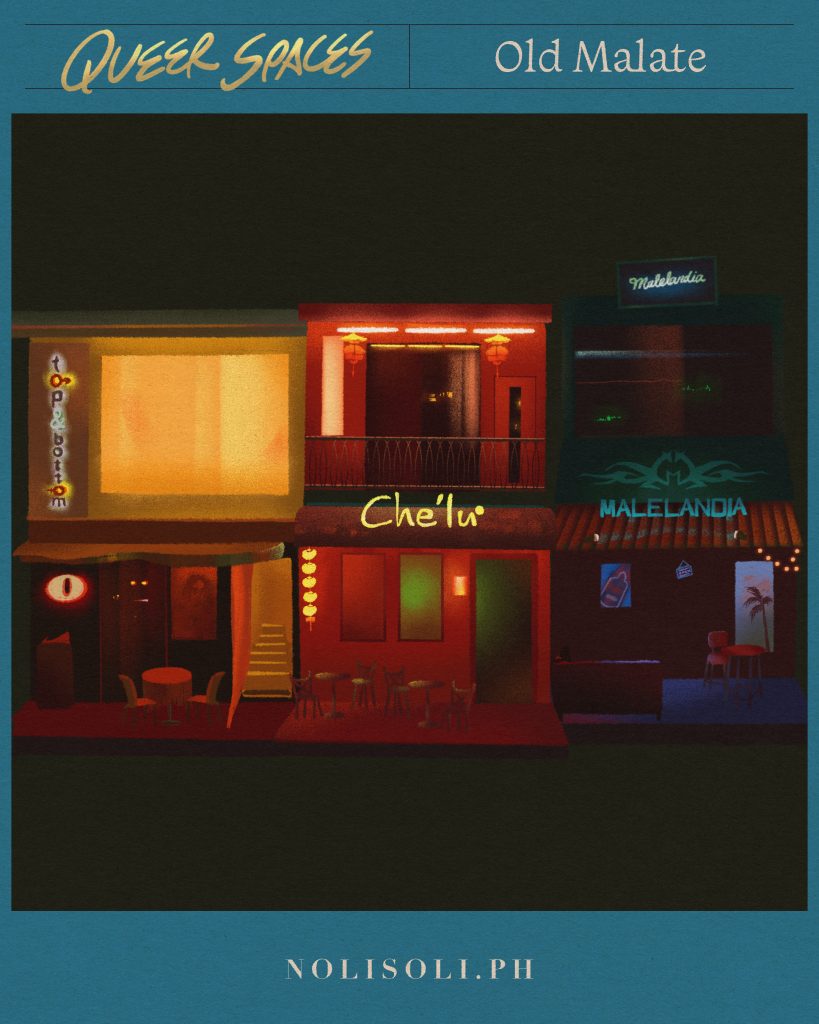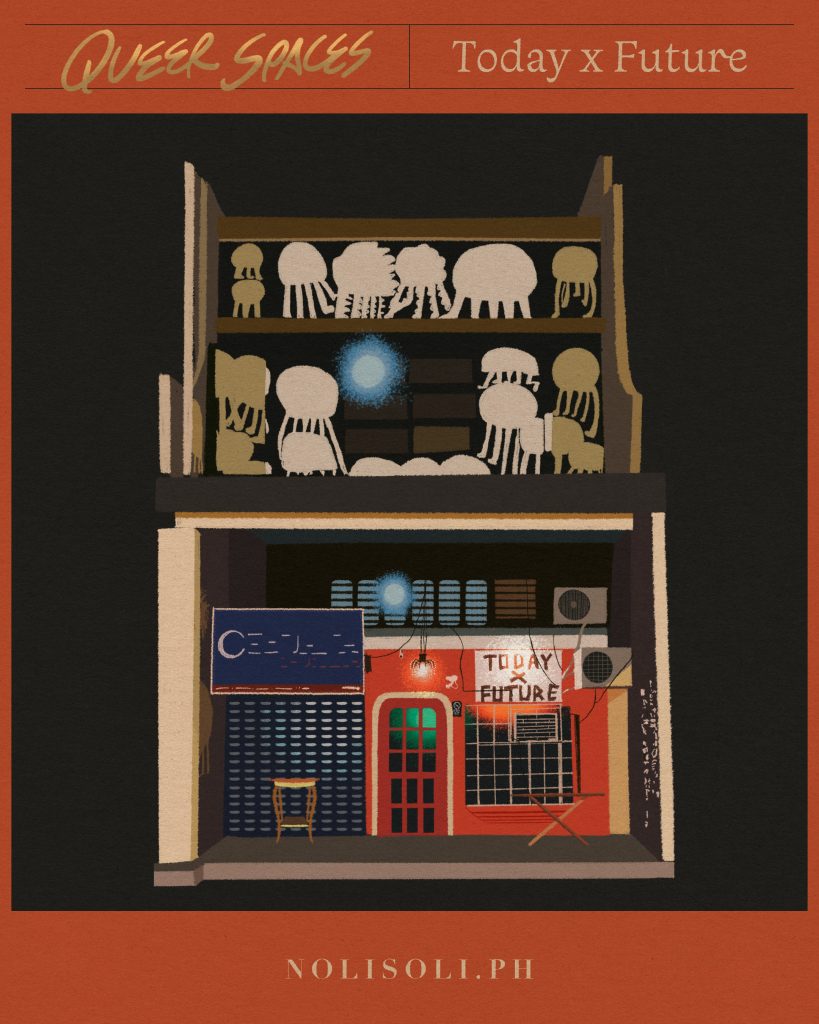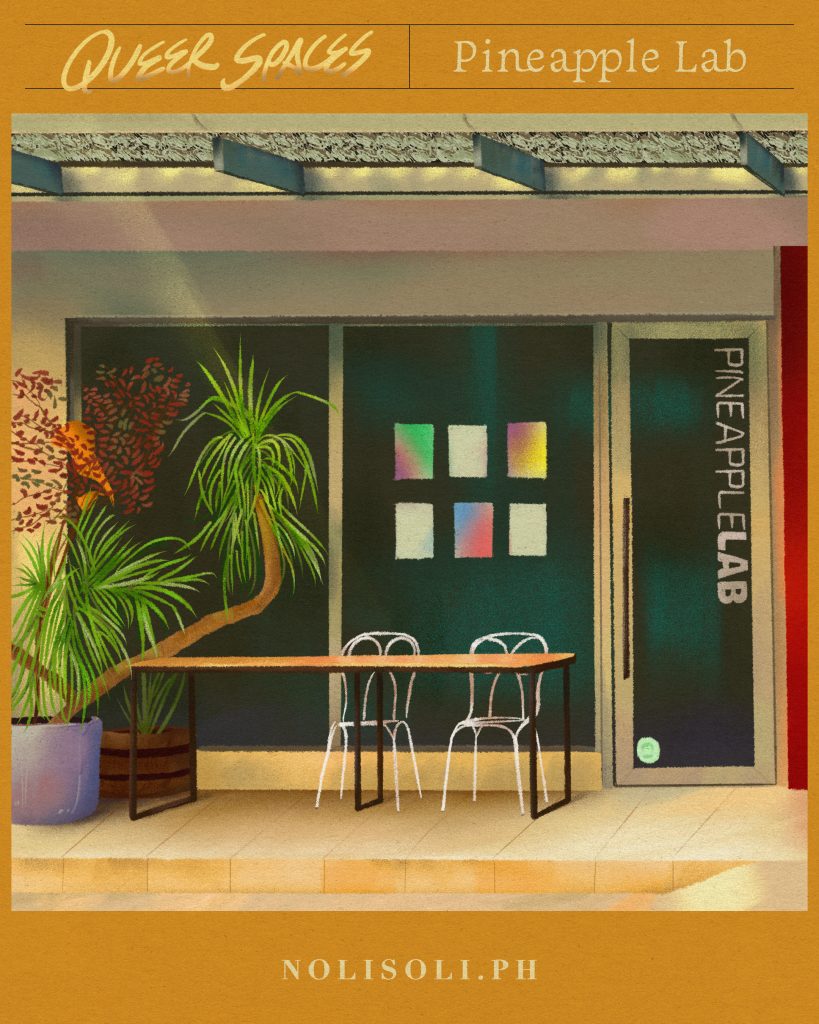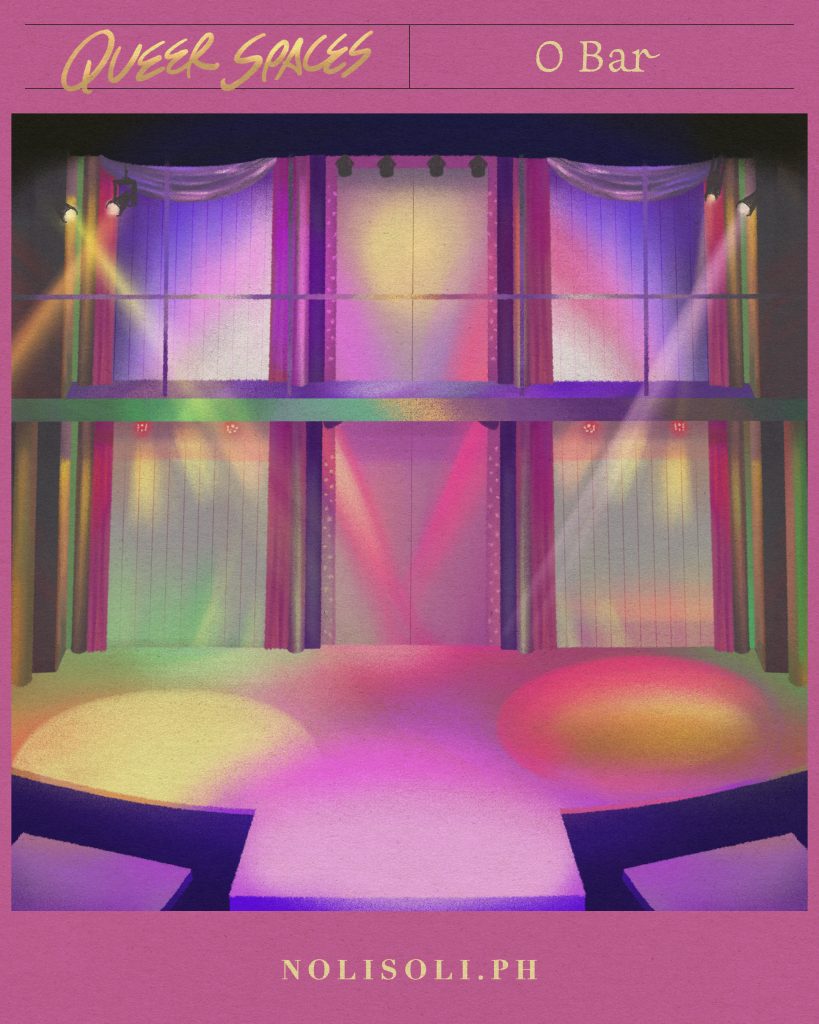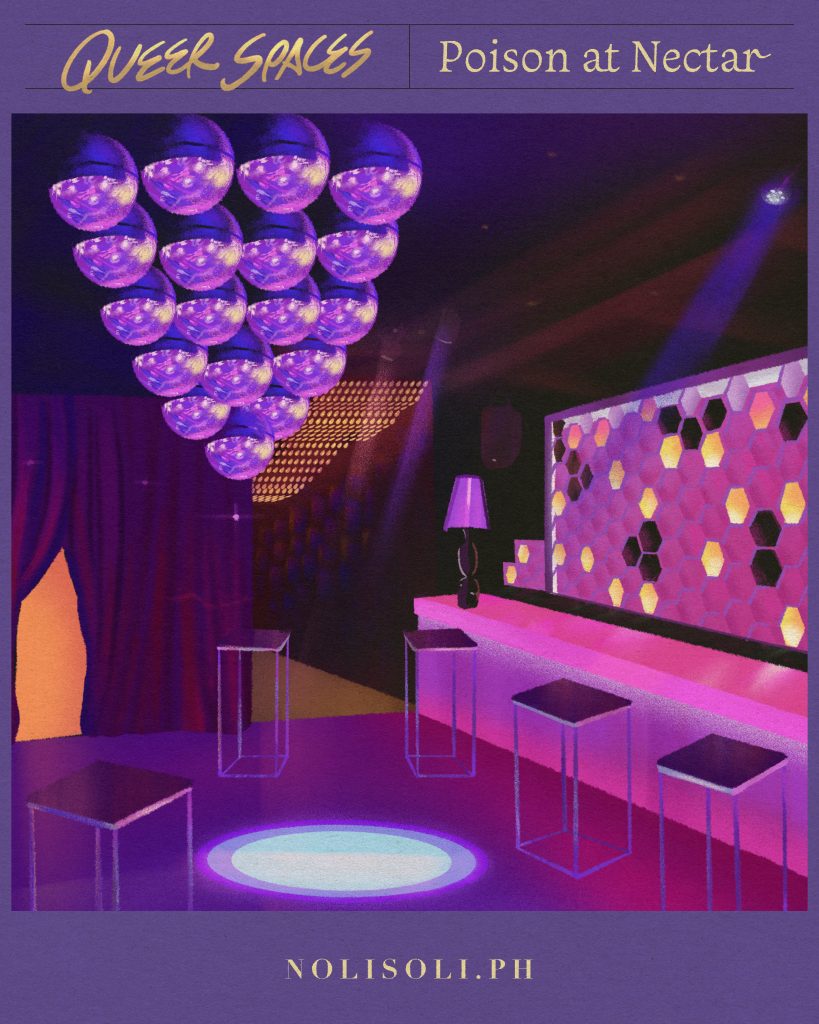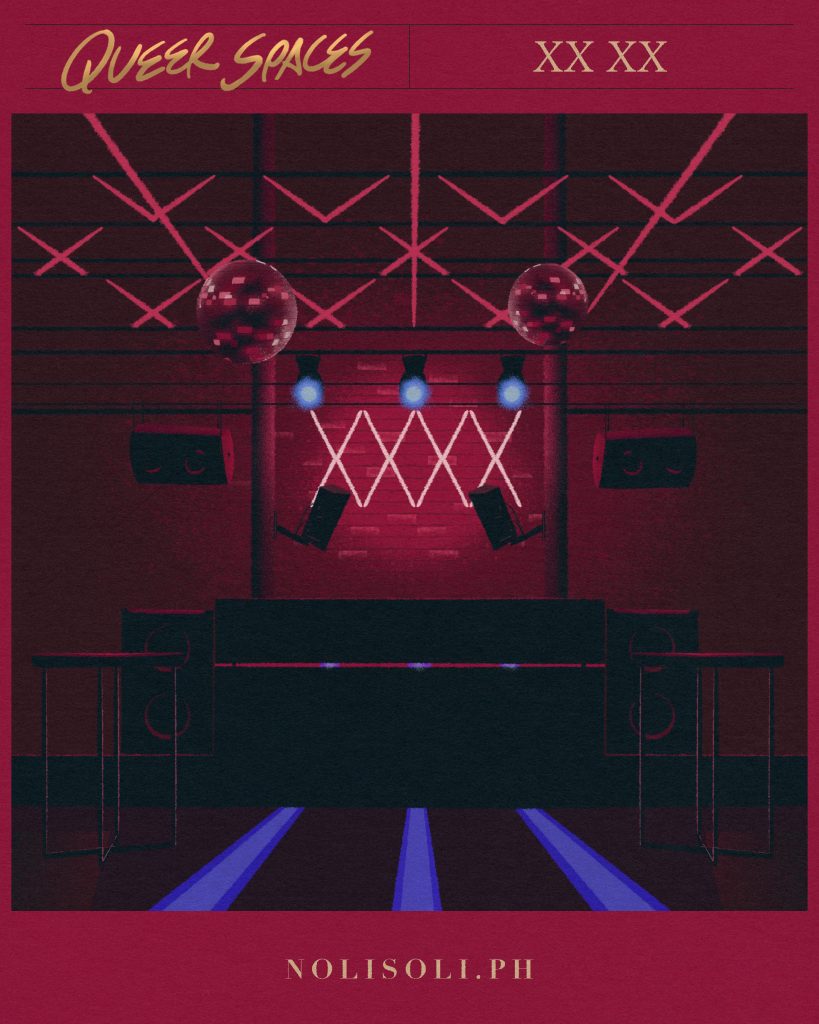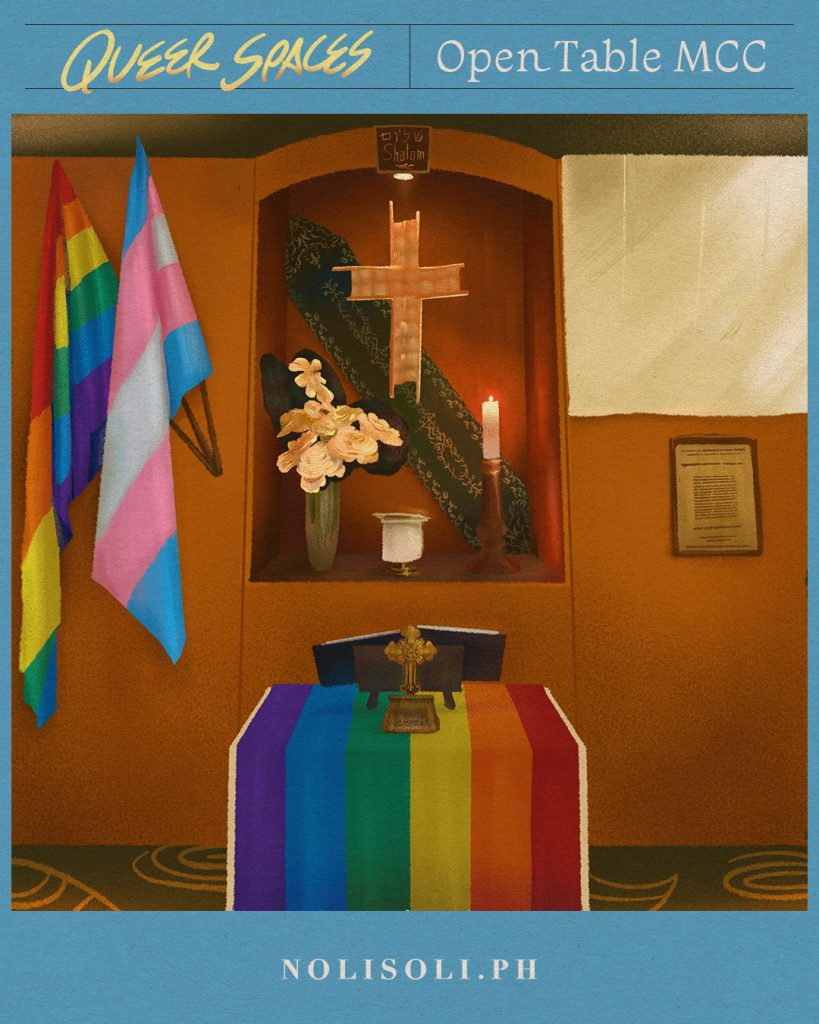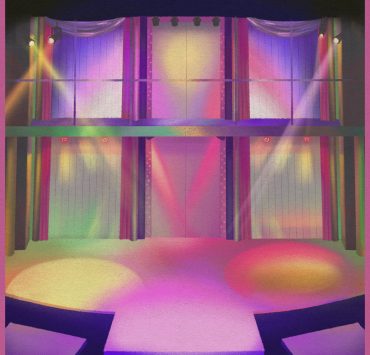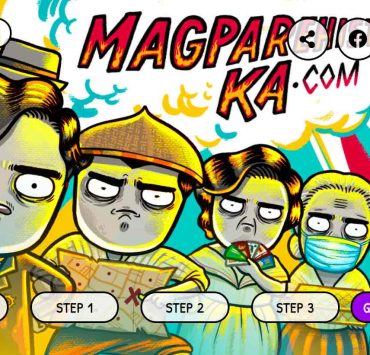“There was a lot of kinetic energy between those walls—before the pandemic forced their doors to close—but it was fueled by those relationships. Enough to power a life.”
That’s American writer Bryan Washington for the New York Times’ T Magazine. In his piece, he reminisces about the spaces he and his queer friends shared pre-pandemic and how somehow those bonds endured even a global disruption. Of course, that was in early April of this year. Now, looking at Instagram Stories of people in New York City during Pride Month weekend, it is as if COVID-19 never happened.
Here, where vaccination rates are far behind the U.S.’s, we continue to crave for said spaces, those that allow us to shred our inhibitions, that let us be our best selves even outside of the designated queer month. As with Washington’s setting, most of these bars and creative hubs had to give in to the economic toll of more than a year of restricting civilian movement. But it doesn’t take a pandemic to close down a queer space.
Queer cultural migrations
There are far older establishments that have long vanished even before the pandemic due to modernization, gentrification,or simply the rise of “cooler” places to hang out. In Manila, where the center of culture shifts every few years, do people just outgrow spaces or do new people sprout out of new places and proclaim it the new place to be? Do we escape a gentrified space or actually just flock to where newer, cleaner spaces are?
Such is the case with Malate, once the epicenter of the then-thriving gay scene in the capital up until the early 2000s. The years that followed saw the establishment of other queer locales: Cubao, Makati, and in more recent history, Taguig. Of course, that is not to say that the cities of yesterday were forgotten and left like a ghost town—though in some aspects they were. Some spots and individuals remain, witnesses to the glory days of a bygone era.
But this sentimentality for a place once called (second) home is now more or less a universally shared experience thanks to the pandemic. With people locked inside their homes and throbbing and pulsating walls and doors effectively closed, we all share a common longing for the outside and the people we met in them.
[READ: Queer safe spaces that aren’t clubs]For Pride Month, Nolisoli revisited these queer spaces—past and present—through the stories of people who lived in and through them. There’s Malate with its dimmed but nonetheless still inclusive streets, Cubao that was once home to music hangout Today x Future, Makati with its artistic meccas XX XX and Pineapple Lab, Taguig with its buzzing nightlife fixture Nectar, Ortigas with the loud and proud home of the drag queens O Bar, and the transient spiritual hub that is Open Table Metropolitan Community Church (MCC) now in Mandaluyong.
While we expected people to be sentimental about their relationship with the physicality of these spaces—which some did express—what really resonated with some of them is the bonds that these clubs, bars, and artistic hubs helped form, something not even a pandemic can take away from them.
Click on each queer space to read the stories by the people who once and still call them home.



